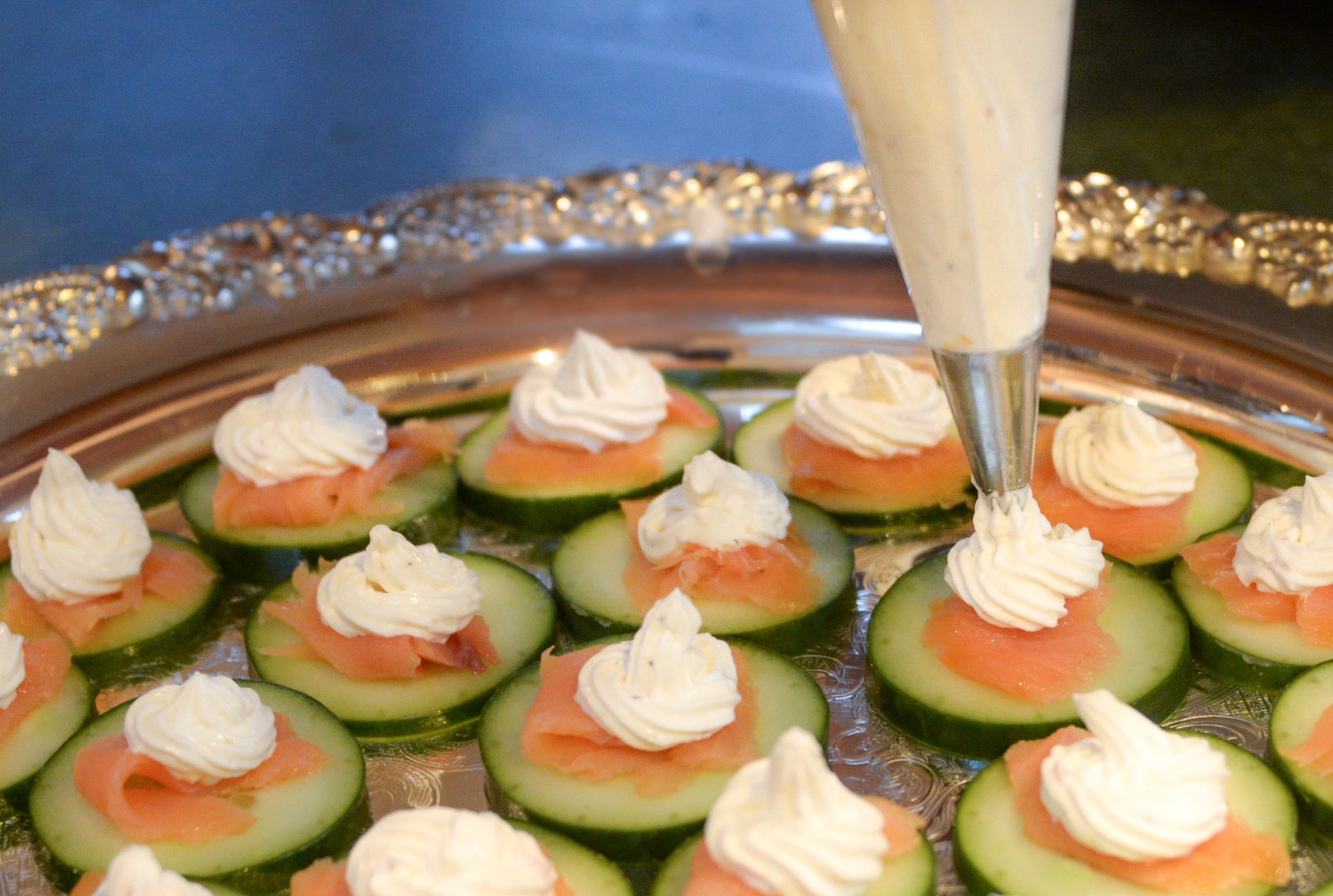No Matter How You Ice It
The calendar may say September, but, thanks to all these sunny days and warm afternoons, I’m not quite ready to give up summery foods. Take, for instance, granita. Known also by its French name “granite” or English moniker “water ice,” cool, refreshing granita is the perfect ending to any summer – or fall, winter or spring – meal. As with many recipes, debate rages over which country crafted the first water ice. Historians point to France, Italy or Spain as the birthplace of this treat. Yet, the one thing on which they can agree is approximate birth date. Water ice came into being in the mid 17th century, around the same time that ice cream appeared. Like ice cream, water ice requires few ingredients and little effort. Simply combine water, sugar and fruit juice in a shallow dish and place it in the freezer. After the liquid has started to set, stir the mixture and return it to the freezer. Repeat the stir-freeze step until the water ice takes on a coarse, granular texture. Once …
